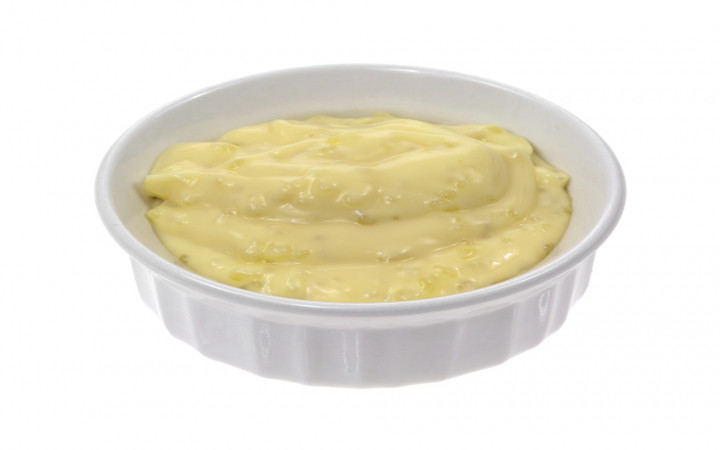Today’s Wonder of the Day was inspired by Nina. Nina Wonders, “Are there health benefits to eating tapioca?” Thanks for WONDERing with us, Nina!
When your sweet tooth starts yearning for something tasty, what kind of snack do you reach for? A piece of cake? A slice of pie? A bowl of ice cream? How about some pudding?
When it comes to sweet snacks, a nice bowl of creamy pudding can certainly hit the spot. Do you prefer chocolate, vanilla, or banana? If you're a pudding connoisseur, your favorite might be tapioca pudding.
Mmmm! You might recognize tapioca as those squishy “pearls" that give tapioca pudding and bubble tea their unique taste and texture. But what exactly is tapioca anyway?
Tapioca doesn't grow on trees like fruit or in gardens like a vegetable. Instead, it's a starch that's made from the root of a plant whose scientific name is Manihot esculenta.
This plant is native to much of South America and the Caribbean, but it is grown worldwide today. The world's main producers of the plant are Brazil, Nigeria, and Thailand.
It goes by many different names around the world. In the United States, it's commonly called cassava, yucca, or simply the tapioca plant. The word tapioca comes from the South American Tupí word — tipi'óka — for the starch.
After cassava plants are harvested, their roots are treated to remove toxins found in the plant. The starch is then processed into one of several popular forms: powder, flakes, sticks, or ball-shaped “pearls." Tapioca pearls are the most popular form.
Tapioca is almost completely free of both protein and gluten. It's mostly carbohydrate with low amounts of saturated fat, cholesterol, and sodium. It's a staple food in some areas of the world. People on gluten-free diets often enjoy bread made with tapioca flour.
In addition to tapioca pudding and bubble tea, tapioca is often used as a thickening agent when cooking, especially in soups. Because tapioca does not have a strong taste of its own, it can be added to many dishes to thicken them without changing the taste too much.
The roots of the cassava plant have another interesting use. Besides making tapioca, the plant's roots can be used to make a substitute for plastic bags that are biodegradable.




